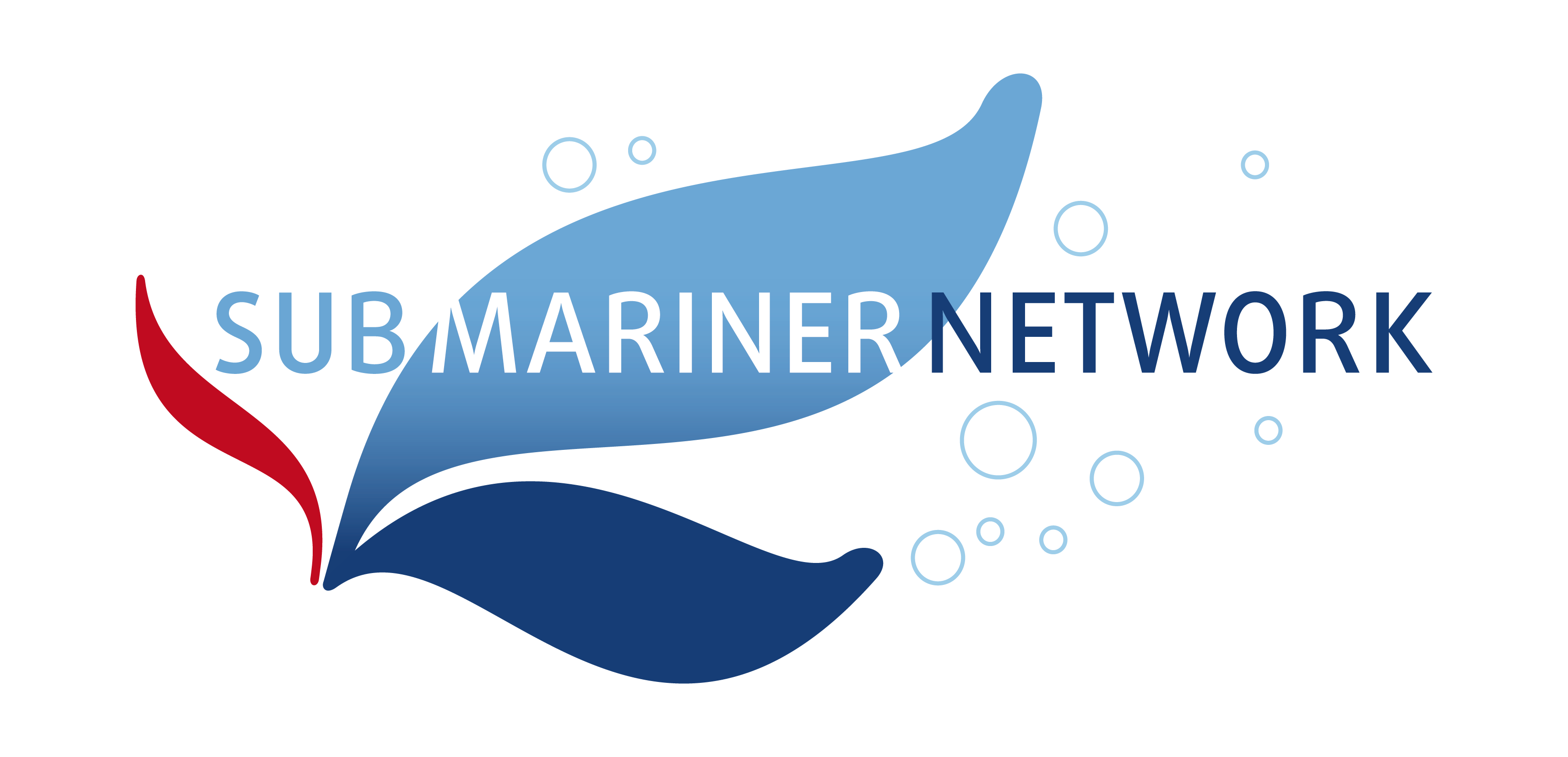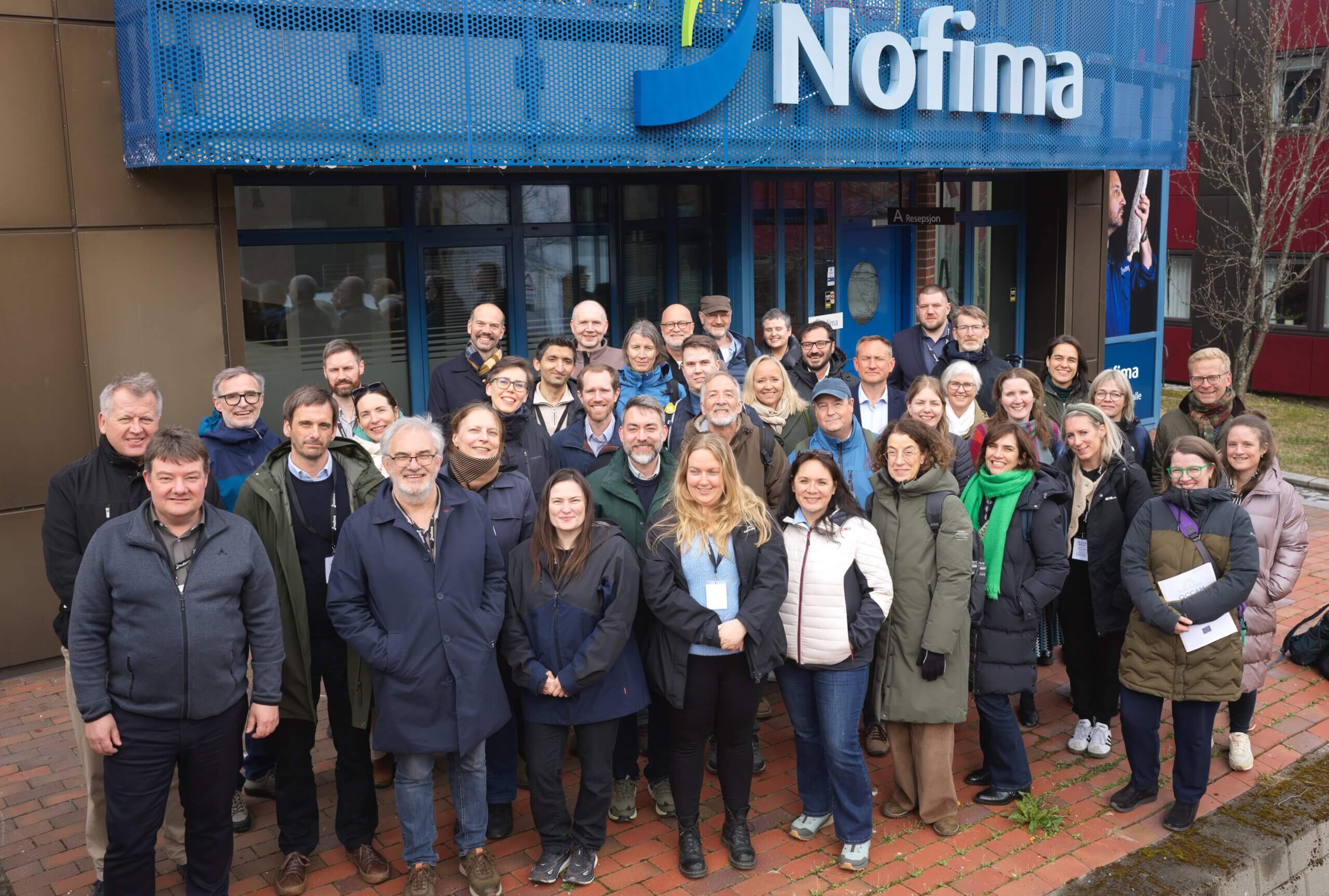Worldwide, coastal and marine policies are increasingly aiming for environmental protection, and eutrophication is a global challenge, particularly impairing near-coastal marine water bodies. In this context, mussel mitigation aquaculture is currently considered an effective tool to extract nutrients from such water bodies. Mussel mitigation farming using longline systems with loops of collector material is a well-developed technology and considered promising in the western Baltic Sea. Besides several spatially limited field studies, a suitable spatial model for site-specific implementation is still lacking. In this study, we present a modular spatial model, consisting of a spatial and temporal habitat factor model (Module 1), blue mussel growth model (Module 2), mussel farm model (Module 3), and an avoidance of food limitation model (Module 4). The modules integrate data from in situ monitoring, mussel growth experiments, and eco-physiological modelling for the western Baltic Sea, to estimate spatially explicit nutrient reduction potentials. The model is flexible with respect to farm setups and harvest times and considers natural variability, model uncertainty, and required hydrodynamics. Modelling results proved valid at all scales and modules, and point out key areas for efficient mussel mitigation farms in Danish, German and Swedish areas. Modelled long-term mean mitigation potentials for harvest in November reach up to 0.88 tN/ha and 0.05 tP/ha for a farm setup using 2 m depth-range of the water column and 3.0 tN/ha and 0.17 tP/ha using up to 8 m, respectively. For Danish water bodies, we demonstrate that in efficient areas, mitigation farms (18.8 ha, 90 km collector substrate in loops with 2 m depth-range) required b3.6% of the space to extract the target nitrogen loads for good ecological status. The developed approach could prove valuable for implementing environmental policies in aquatic systems, e.g. in situ nutrient mitigation, aquaculture spatial planning, and habitat suitability mapping.


